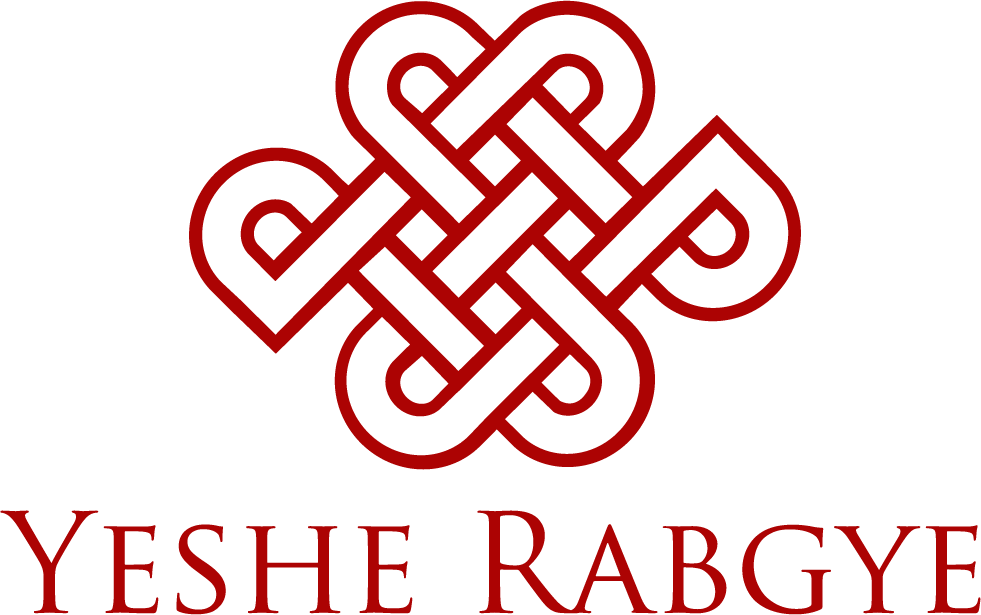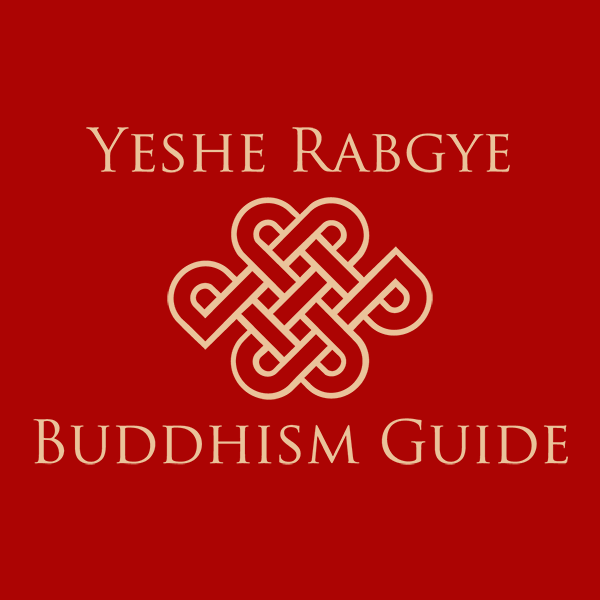Buddha‘s first teaching was on the four noble truths, and it still remains the very foundation on which Buddhism is built. In the next few posts I will go through these truths in an easy to understand way. I would encourage you to post comments and questions on this blog. That way I will be able to clear up any doubts you may have.
The first noble truth is ‘There is suffering.’ There is big discussion about the translation of the word suffering, but as nobody has ever come up with a better word, we’ll stick with it. Suffering here means a dissatisfaction, discontentment, an uneasy feeling running through our lives.
Buddha stated that there are three types of suffering:
Firstly, the suffering of pain. This one is easy for us to understand, as it is our daily suffering. It is when we have a headache, cold, hangover and so on. This is physical suffering. Then there is the mental suffering. We may be feeling lonely because someone has left us, or we may be feeling sad because someone has died. These are all the suffering of pain.
Secondly, we have the suffering of happiness. Now this one is a bit harder for us to understand. When we are happy we never think about suffering, but it is there just lurking around the corner. Let’s look at some examples:
You buy a new iPad and you are so happy. You show it to your family and friends who are envious. You take this iPad everywhere with you and use it every day to play games, surf the net, watch films and so on. You could not be happier. Then one day you can’t find it. It has been stolen. Now that happiness you had has changed into sadness – this is the suffering of happiness.
Another example: you are on the metro sitting opposite the most beautiful person you have ever seen. You start talking and meet up later that week for a drink. After a while you become lovers and eventually marry. Your life is total bliss. You are married to the most beautiful person in the world. You couldn’t be happier. Then one day he/she meets someone else and leaves you. Now your happiness has changed, and you are feeling sad and angry – this is the suffering of happiness.

The third suffering is the all-pervasive suffering. This type of suffering is within everything in our lives, but because it is suffering on a subtle level, we are prone to missing it. This type of suffering is a condition that exists because of how we perceive ourselves in relation to the world. So, you could say that our entire worldly experience is a definition of suffering that we cannot even see.
So how do we see ourselves and the world? Well, we see them as separate – I’m here and the world is outside of me. In other words, as subject and object. We see ourselves as a solid, independent self.
But Buddha taught that this is not true, and we are actually the coming together of five things, namely, the five aggregates. This may sound a little odd, but I will explain this point in my next posting.
So, the way we look at things, subject and object, me and everything else, is in some way the cause of our suffering that will come to us in the future. It is like eating a wonderful meal but not knowing it has been poisoned. Whilst we are eating the food we are happy, but later, once the poison starts to work, we suffer.
So why did Buddha want us to know that our lives have suffering in them? Was he trying to depress us? Was he a killjoy? No, the reason he taught this was to help us understand that we have a problem. If we don’t know we have a problem we will not look for a solution. It is the same as if we don’t know we are sick we will not go to the doctor. If we know we are sick we go to the doctor and he tells us what is making us sick and gives us medicine to cure it. It is the same here. If we know we are suffering, we will look for the cause and the cure.
So, Buddha was showing us that we have a problem. We must fully understand this point. If we fully understand it, we will be able to move on to the next noble truth – the cause of our suffering.

